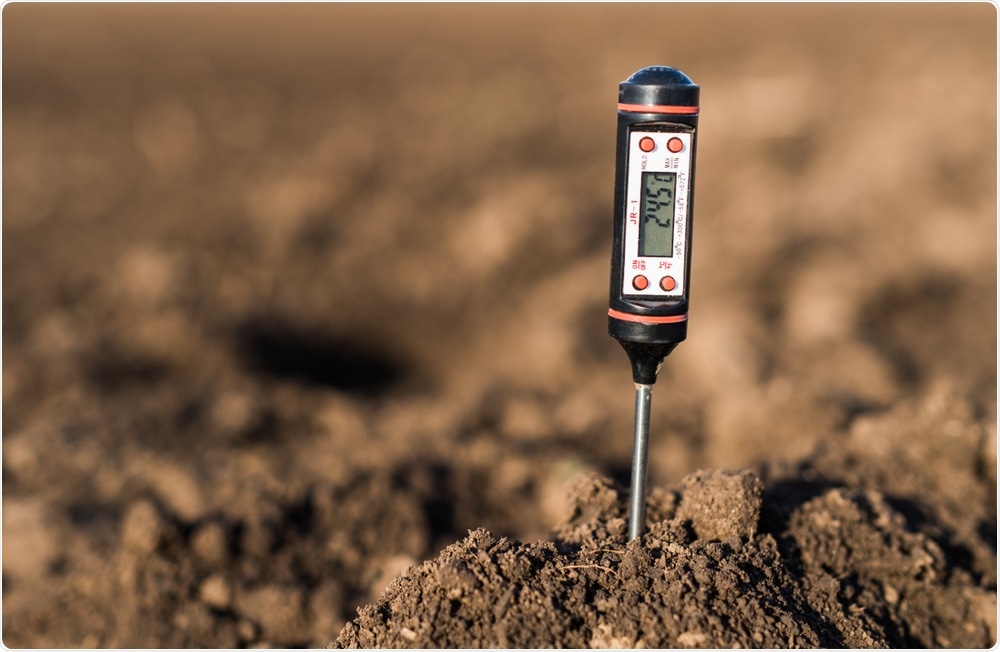In the past three decades, increasing acid deposition and unsustainable management have led to soil acidification in the temperate grasslands of northern China. The result of prolonged soil acidification could be metal stress for soil biomes, leaching of base cations, and imbalances in soil nutrients.

Measuring soil pH. Image Credit: Fotokostic/Shutterstock.com
A team of researchers from the Institute of Applied Ecology (IAE) of the Chinese Academy of Sciences (CAS) recently demonstrated ways by which microbial communities adapt to the risks of soil acidification.
The researchers showed this by the experimental addition of elemental sulfur (S) to mimic soil acidification in a meadow steppe of Inner Mongolia Autonomous Region of China. The findings of the study were published in the Ecological Processes journal.
The team discovered that there was an increase in the relative abundance of fungi community as a result of soil acidification. This subsequently resulted in a transformation from microbial nitrogen (N) limitation to carbon (C) limitation with a decrease in the pH of the soil.
Soil microbial communities tend to cope with this situation by regulating the relative synthesis of enzymes by increasing the ratio of β-glucosidase (BG, C-acquiring enzyme) to leucine aminopeptidase (LAP, N-acquiring enzyme). However, it was found that both enzymatic activities decreased with the addition of sulfur.
Structural equation modeling (SEM) results showed that the increase in microbial carbon-use efficiency (CUE) counterbalanced the detrimental impact of metal stress (i.e., aluminum and manganese) under soil acidification.
This research was financially supported by the National Natural Science Foundation of China, the Strategic Priority Research Program of CAS, and the Key State Research & Development Program of China.
Source:
Journal reference:
Li, T., et al. (2021) Enhanced carbon acquisition and use efficiency alleviate microbial carbon relative to nitrogen limitation under soil acidification. Ecological Processes. doi.org/10.1186/s13717-021-00309-1.